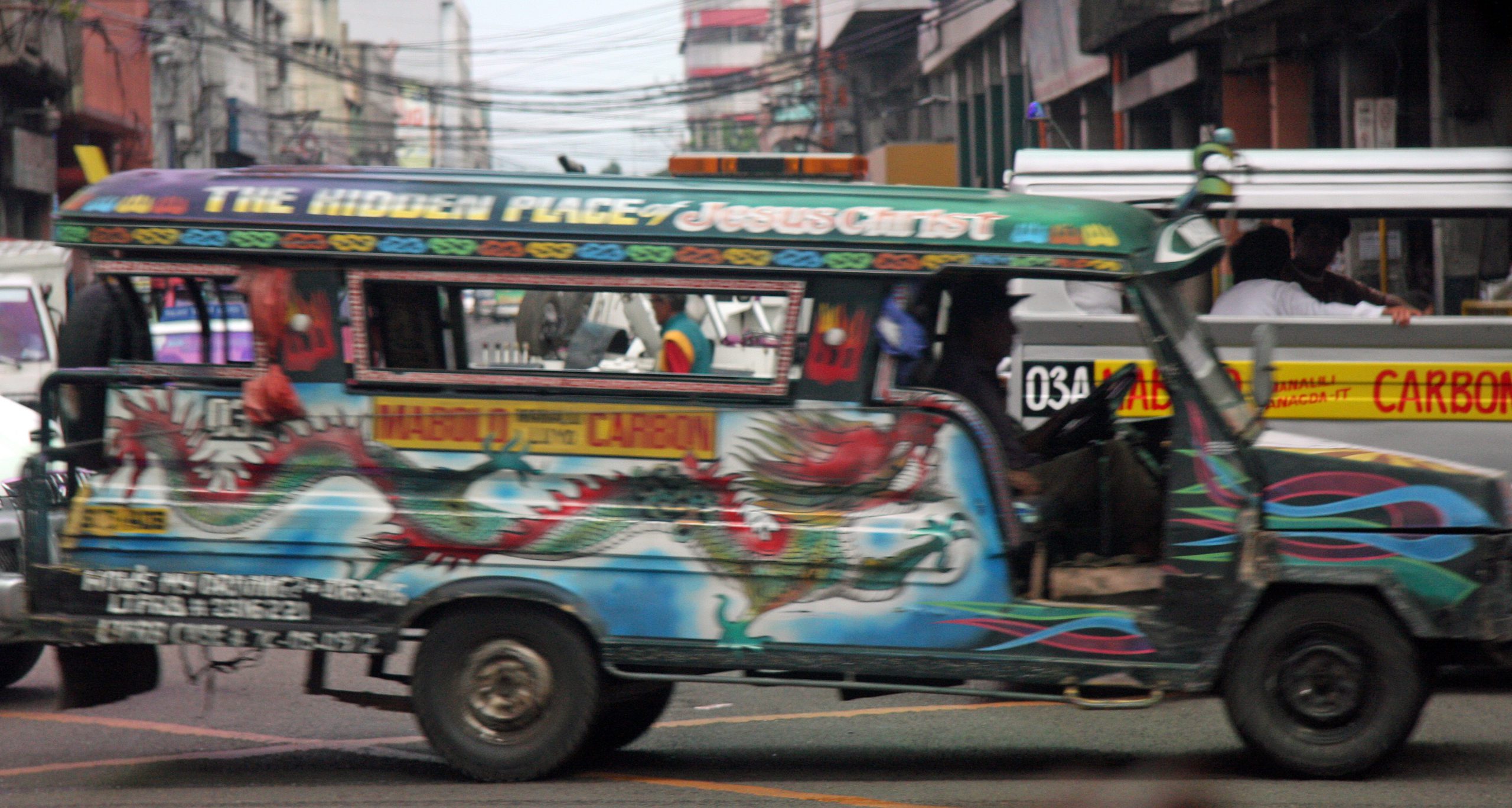There are 7,000 islands in the Philippines but not all of them are famed for their beaches. On Cebu, Magellan’s Cross looms above, a larger than life relic to Christianity, but forget about the stoic tradition of Catholicism as this island applies as much vibrance to its religious rituals as it does to its jeepneys, cuisine and broad smiles.
There are Catholic icons everywhere on Cebu: a crucifix hanging off the rear-view mirror in a taxi, a painting of The Last Supper displayed in a cafe, or a rosary pressed between fingers clutching a steering wheel while negotiating the mad traffic. All over Cebu, there are churches and the countryside is dotted with tiny chapels. The city morgue is one of the most opulent buildings in town inspiring families to spend millions of pesos on coffins. Just as city churches are often located in the centre in the city, religion plays a pivotal role in Filipino life as it influences holidays, traditions, art, architecture, and dining.
Cebu lies at the centre of the Visayas archipelago and protected from typhoons, the island became a popular Chinese trading port. In fact, that’s where the name Cebu may have originated from as the word sibu means barter. The other theory is that the name came from sebu or sibu meaning animal fat, and given the Philippine’s affinity with food this is quite likely also true. Cebu is famous for dried mangoes, IT call centres, an exporter of furniture, electronics, toys and Timex watches. Not to mention the Jeepney, compliments of the Americans who left behind their Jeeps after World War II, which were converted into Jeepneys and to this day are used as public transport. It was during this time that the wives of the militarians taught English, also another legacy.
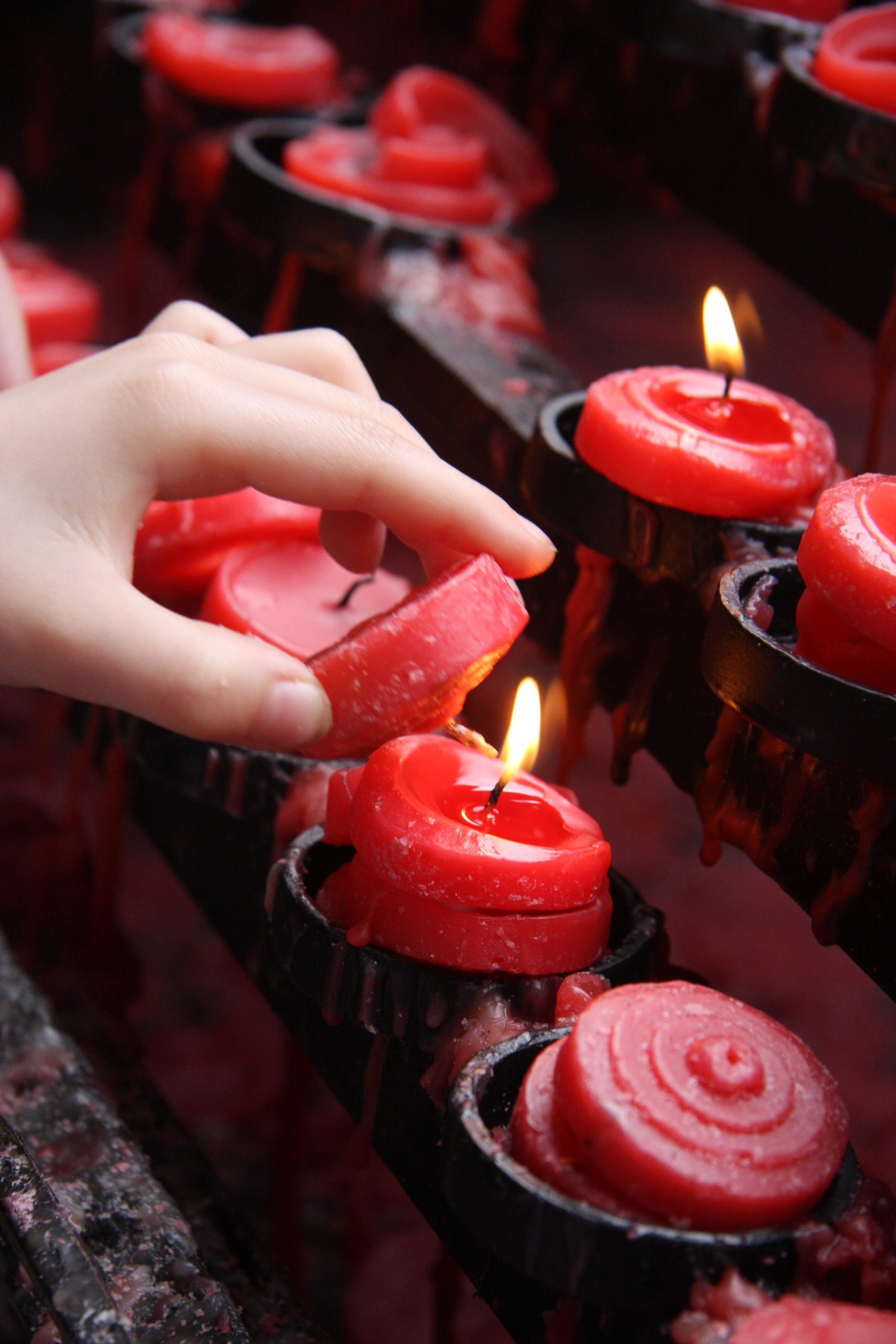
CHRISTIANITY
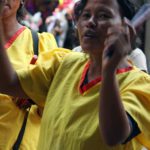 The Spanish arrived to explore the spice islands led by Ferdinand Magellan several centuries earlier. Such a revered character in Filipino history, a mass was once held in his honour and a cross, fashioned from a local wood was planted in 1521, claiming the land in the name of Christ thus converting hundreds of believers from Paganism to Catholicism. Named Magellan’s Cross, it remains on its original site and is now housed in an octagon kiosk and encassed in dark wood to protect it from devotees chipping pieces of it, which they believe has extraordinary powers. These beliefs are evident even today as outside the octagon, women done yellow costumes while waving candles. One has singled me out and while chanting and dancing before me, she petitions prayers to Saint Nino. After the performance, we make a donation and she slides into a trance to deliver the prayer to the Almighty. Her haunting look left me wondering what she prayed for long after the event.
The Spanish arrived to explore the spice islands led by Ferdinand Magellan several centuries earlier. Such a revered character in Filipino history, a mass was once held in his honour and a cross, fashioned from a local wood was planted in 1521, claiming the land in the name of Christ thus converting hundreds of believers from Paganism to Catholicism. Named Magellan’s Cross, it remains on its original site and is now housed in an octagon kiosk and encassed in dark wood to protect it from devotees chipping pieces of it, which they believe has extraordinary powers. These beliefs are evident even today as outside the octagon, women done yellow costumes while waving candles. One has singled me out and while chanting and dancing before me, she petitions prayers to Saint Nino. After the performance, we make a donation and she slides into a trance to deliver the prayer to the Almighty. Her haunting look left me wondering what she prayed for long after the event.
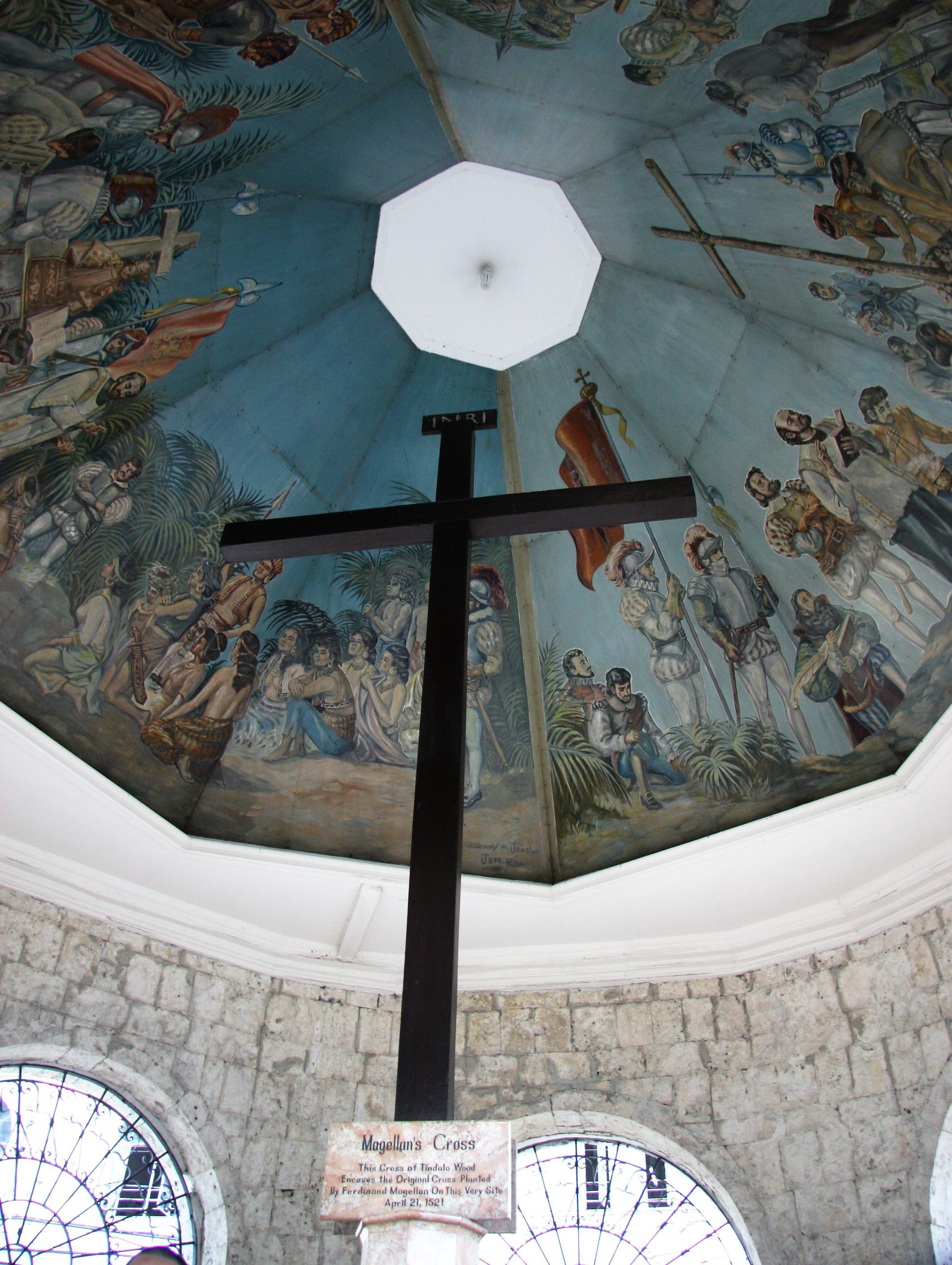
Magellan’s Cross
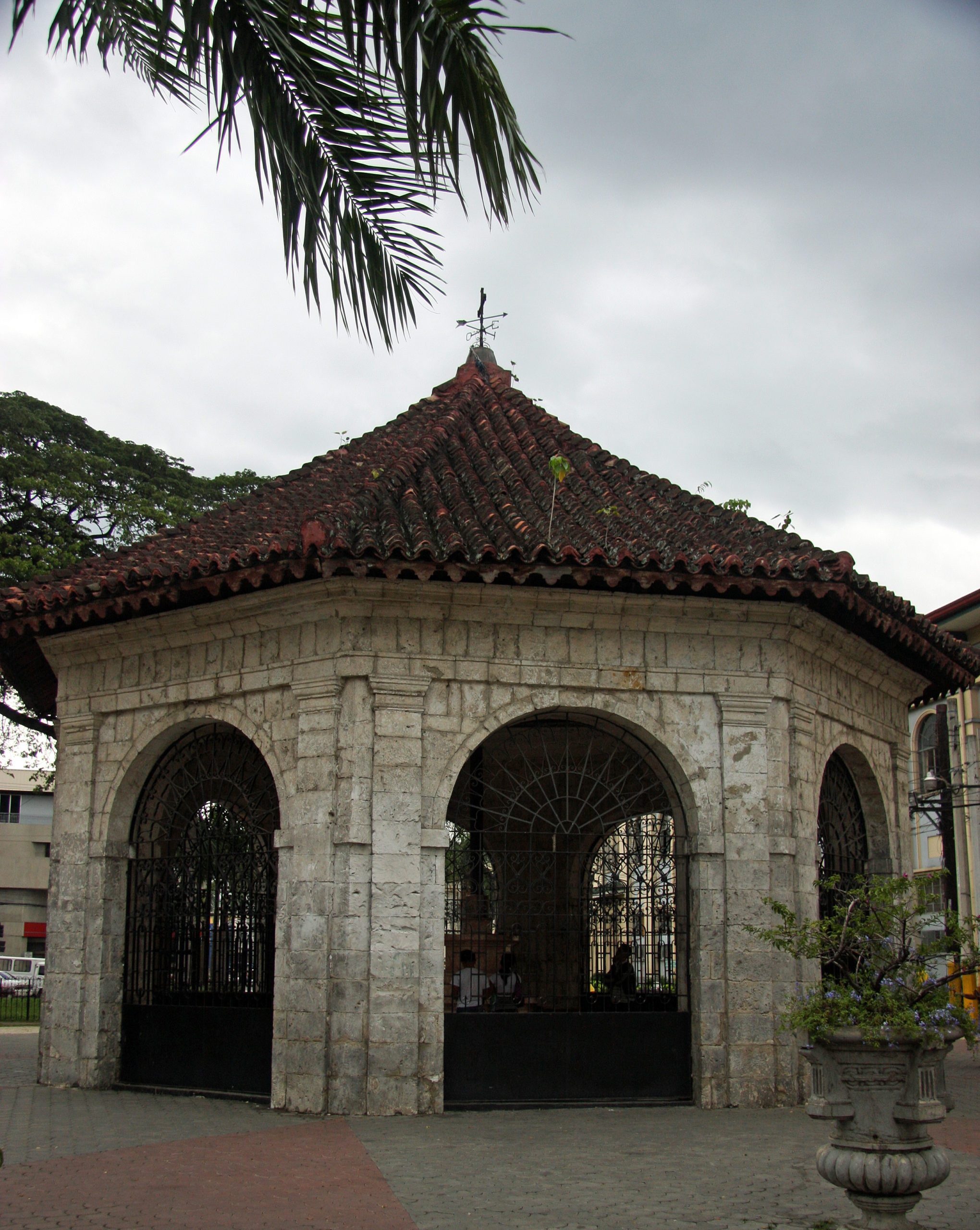
Home to Magellan’s Cross in Cebu
Despite his popularity, Magellan was met with much public unrest from the island of Mactan, just a few kilometres from Cebu, when chieftan Lapu-Lapu challenged the unity of Magellan’s following. A monument to Magellan built in 1866 now stands on Mactan Island, near the statue of his conqueror Lapu-Lapu and surrounded by a chain of fresh seafood restaurants serving traditional sutukil . Nearby are hotel chains welcoming foreigners and their diversity – a hedonistic feast of food, tourism and gore.
Ferdinand Magellan also left behind another tribute to Christianity with a representative of the child Jesus called Santo Nino, meaning child saint, making the oldest saint in the Philippines a toddler. The Basilica Minore del Sto. Nino was built to house the statue in 1565 and hundreds of devotees pray to Santo Nino’s image on a daily basis. The current basilica has been rebuilt several times between 1566 and 1739 and constant restoration has ensured the stately basilica retains its Filipino culture blended with Muslim, Romanesque and Neoclassical features. Although a place of worship, the atmosphere is vibrant both inside and out, where followers light candles amongst touters selling balloons, candles and goodwill.
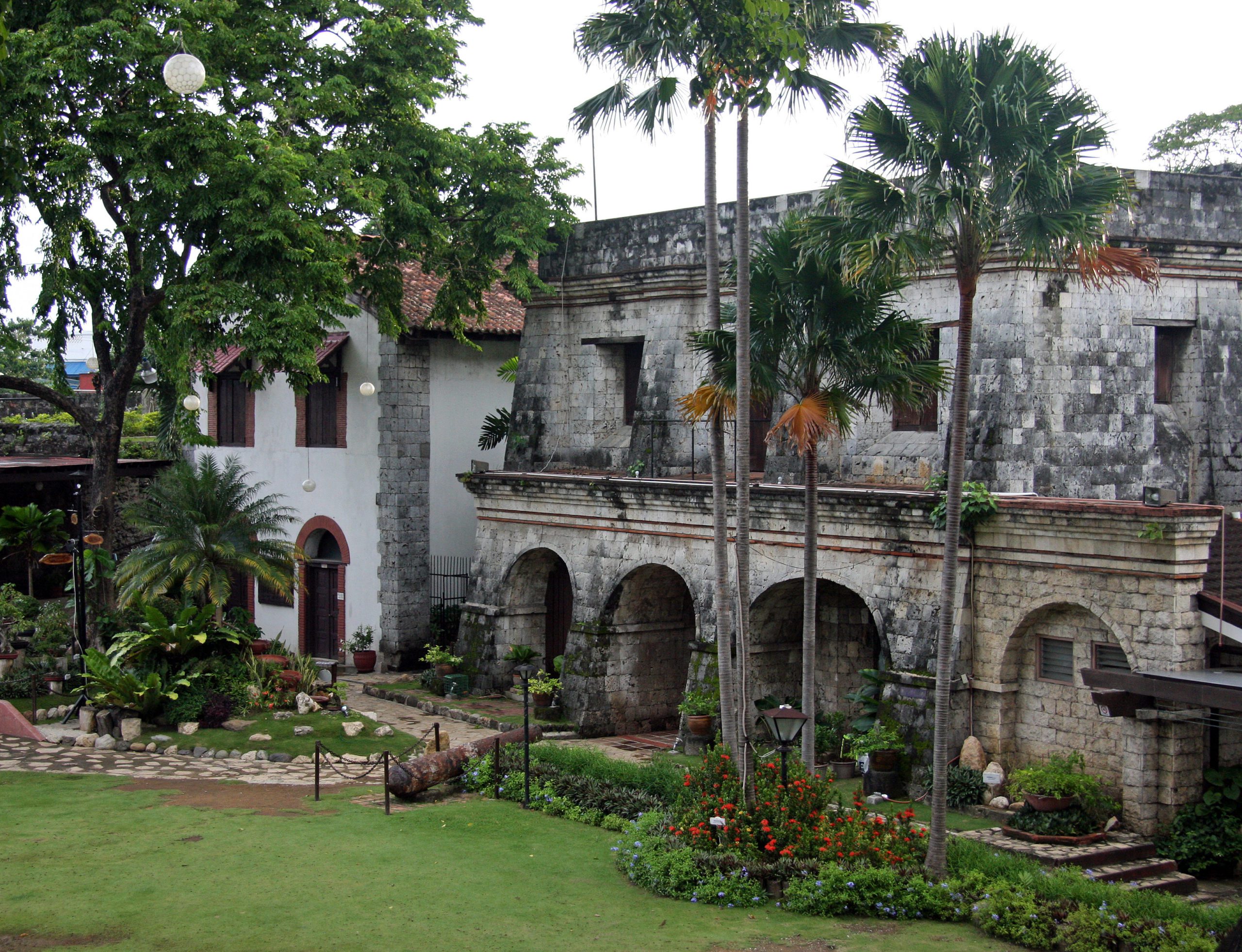
Inside Fort Pedro
It is believed the violent death of Magellan instigated the building of Fort San Pedro in 1565, the oldest bastion in the country. It served several purposes throughout history, including a prison camp during the Japanese occupation, where much of it was destroyed. The fort is made from coral and is bound together with egg whites and lead to an excess of egg yolks, which were used to make biscuits. From battle to biscuits, today it belies its treacherous past as the crumbling ruins function as a museum and the pretty grounds are a haven from the madness beyond the walls.
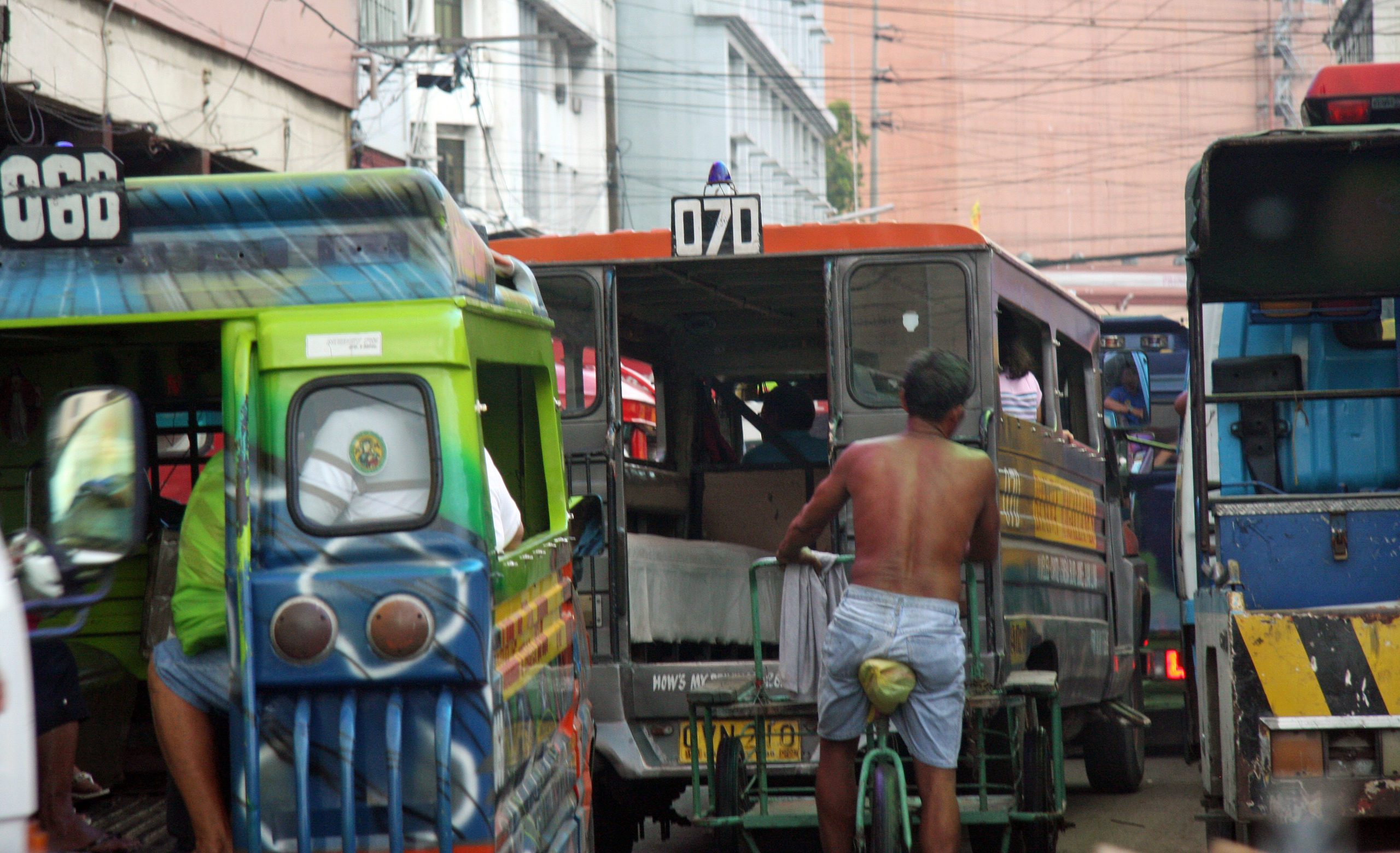
SOUTH OF THE CITY
South of Cebu City are countless examples of religious heritage sites and a must see destination is the St Catherine of Alexandria Church (built in 1860) in the town of Carcar. Its Moorish architecture includes twin bell towers topped with onion-shaped domes reminiscent of the minarets in Middle Eastern mosques. Inside, visitors are greeted by the 11 apostles at the entrance and the statue of Judas stands all alone in front of the convent. As well as its beaches, Argao draws tourists in with the San Miguel Archangel Parish, an example of Rococo-Baroque architecture. Although the statues in the main altar were painted in gold, much of the church remains true to its 17th century era. Heading further south in Boljoon is the heritage-listed Nuestra Senora Del Patrocino Parish, the only Spanish colonial church in Cebu today still in its most original form. Established in 1783, the sturdy complex is enclosed by a stone perimeter and inside is a two-level blockhouse with a roofed parapet where artillery was mounted.

Dragon a the Taoist Temple, Beverly Hills
TAOISM
Cebu has a substantial Chinese community leftover from centuries ago and has one of the few Taoist temples open to the public and follows the teachings of the ancient Chinese philosopher, Lao Tze. Located in the suburb of Beverley Hills, the hillside is dotted with mansions and a shantytown known as Beverly Hell, keeping in the true form of the Yin Yang philosophy. Built in 1964, the temple is a classic example of Chinese architecture and the complex includes five chapels and shrines, and dragons symbolising cosmic movement on earth. Visitors also come to have their fortune told by a priest using a pair of kidney-shaped wooden blocks as a medium to communicate with God.
BUDHISM
Catering to the small Buddhist community in Cebu is the Phu Sian Temple located in Beverly Hills near to the Taoist temple. A place of reverence and meditation, the temple is run by several Buddhist monks of Chinese descent. Chu Un Temple is another Buddhist temple built in 1988 and is spread over 1.8 hectares and is approximately 15 minutes from downtown Cebu. The Chu Un Temple is part of BLIA, Buddha’s Light International Association, which practices Humanistic Buddhism in everyday life through the eightfold path.
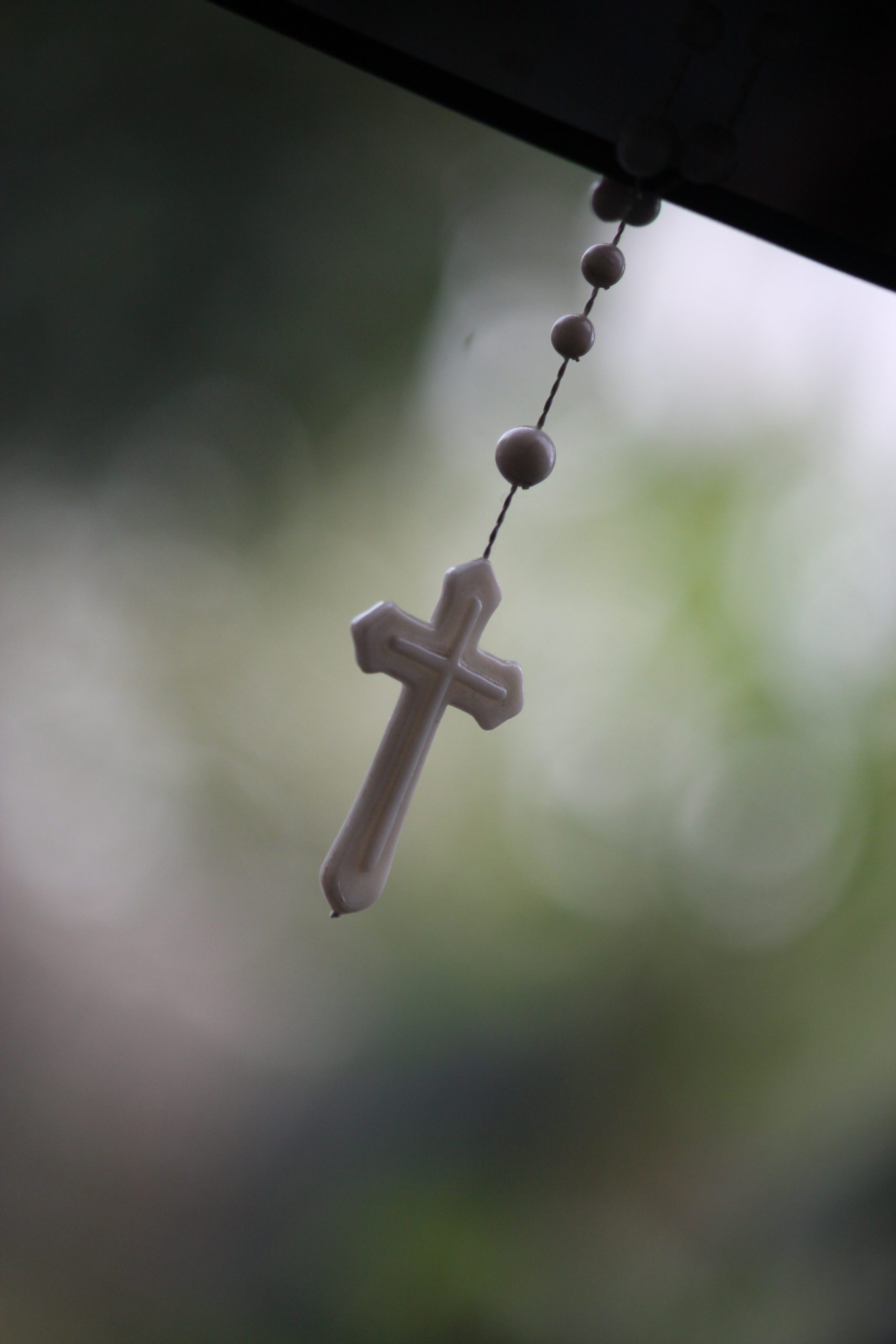
MUSLIM
There are numerous mosques located in Cebu, Al-Khairiah Mosque (Highway Mambaling) and Green Mosque (Sikatuna). There are strict rules on entering a mosque such as only entering if you’re welcomed in, women must be fully covered including a headscarf and approval for photography must be obtained.
SUPERNATURAL
Prior to the pre-Hispanic faith system, gods, spirits, and creatures dominated. Those relegated with power over the supernatural carried out ritual curing, and some of these paranormal beliefs are still performed today. Brave tourists partake in psychic surgery performed by medicine men and women who plunge their hands into the sick patient’s body to remove diseases leaving the patient scar-free. Believers consider it an alternative healing method, while sceptics consider psychic surgeons to be dangerous frauds.
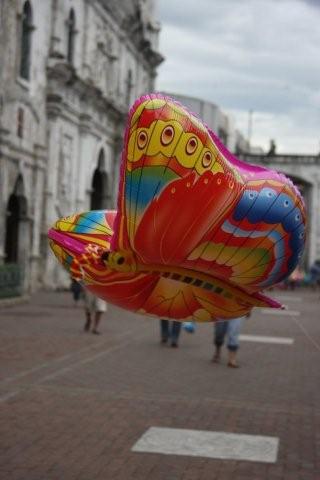
Basilica Minore del Sto.Nino
Getting there:
Most international airlines fly direct to Cebu from many major Asian destinations and there are several domestic airlines that facilitate the one hour flight from Manila.
Stay in Cebu:
Shangri-La’s Mactan Island Resort & Spa (Punta Engano, Lapu-Lapu City Tel + 032 231 0288 www.shangri-la.com) understands island getaways like no other and the premier five-star resort is set on the beach overlooking the Visayan Sea. The resort also includes CHI The Spa at Shangri-La, one of the most luxurious spa villages in the Philippines. The Crown Regency Hotel and Towers is located in the centre of town and offers elegantly designed guest rooms.
Eat in Cebu:
No Problem Restaurant (D’ Fisherman’s Wharf Mactan Shrine, Lapu-Lapu City) serves authentic sutukil a term derived from three words Sugba (SU), Tuwa (TU), Kilaw (KIL) meaning to broil, boil and mariande. Handpick your seafood and relax under the cabana. To sample the local favourite of lechon (spit-roasted pork) visit the very clean and low-key CnT Lechon (1377 Rama Ave, Guadalupe, Cebu City)
For more Filipino fun, please check The Hottest Food Tour in Manila.
Craving more travels? Please stay in touch by subscribing to Fluffy Towel today. Thank you and happy travels.

